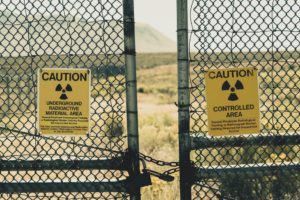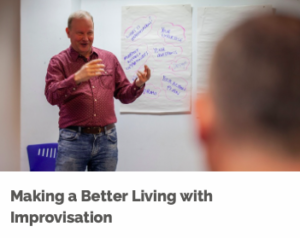I was culling old papers to throw out under my 15-year office rule, and found my notes on a project for the visitor centres at Sellafield and other British nuclear power plant sites.
Our main task was to train the visitor centre guides to interact better with the visitors. The guides had a tendency to hide behind desks, computers or exhibits, to avoid engaging with the public. This was partly because they were worried the public might be hostile. This, though, was mostly unlikely. The number one reason for a visit to Sellafield, according to the research, was ‘to get out of the rain’, rather than express views about preferred power supplies.
Many of the guides were also unsuited because they’d never wanted to be guides. They were almost all women, mostly married to men working on the plant, and taking up the offer of a job that happened to be available to them. So they tended to lack both enthusiasm and skills. One visitor, for example, asked, ‘Will it be dangerous for my son in here?’ and got the response, ‘Why do you want to know?’
Our training was run in parallel with a major refurbishment co-designed by the Science Museum to guarantee neutrality on any contentious issues about nuclear power. My clients in that decade ranged from British Nuclear Fuels (pro-nuclear) to Greenpeace UK (strongly anti-nuclear). Years later, I arranged for one of my Greenpeace contacts to speak at a TedX event on how he’d switched his views, now reckoning that nuclear power should be part of the mix to reduce climate change.
I’m not sure how successful we were with our training, given the visitor centre at Sellafield was closed and demolished in 2012, with the decommissioning of the entire Sellafield site currently under way too. And it has left me wondering, what do people do now on a rainy day in Cumbria?
(Photo by Dan Meyers on Unsplash)




